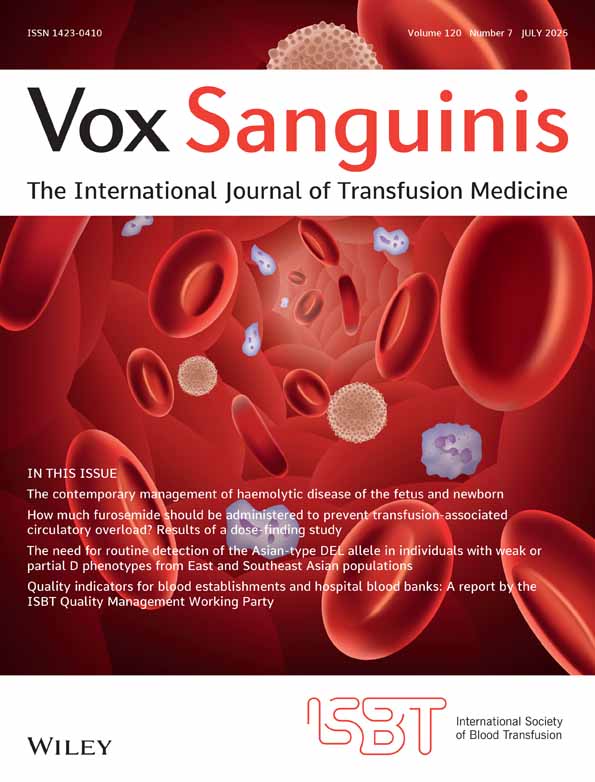Micro-Column Affinity Test and Gel Test: Comparative Study of Two Techniques for Red Cell Antibody Screening
Abstract
Background and Objectives: We describe the results of a comparative evaluation of a gel test (ID Micro Typing) and a micro-column affinity test (MCAT, Cellbind Screen) for red cell antibody screening and identification under routine conditions. Materials and Methods: 3,000 serum samples of patients from the Mannheim University Hospital were tested in parallel by means of the gel test and the MCAT, using the low-ionic-strength-saline indirect antiglobulin test and the protein G affinity technique, respectively. Test cells used were the same in all tests. In addition, we performed titration studies with all detected antibodies as well as with 59 frozen sera containing antibodies of known specificity. Results: A total of 154 antibodies (5.1%) were detected, 149 by gel test and 147 by MCAT. The overall sensitivity and specificity of the gel test was 96.8 and 96.5% and of the MCAT 95.5 and 97.2%. No significant differences between the gel test and MCAT were found when the titer scores of all 213 (fresh and frozen) antibodies were used to check the results. The mean scores for the gel test and the MCAT were 26.8 and 28.5, respectively. For anti-Fya and anti-Kell, a significantly higher titration score could be obtained in the MCAT, whereas anti-Lua showed a significantly higher score with the gel test. Conclusion: For the screening of unexpected red blood cell antibodies, the MCAT is as sensitive as the gel indirect antiglobulin test. The sensitivity and specificity of the two systems are more or less the same although it seems that lgM antibodies are better detected by the gel test.




